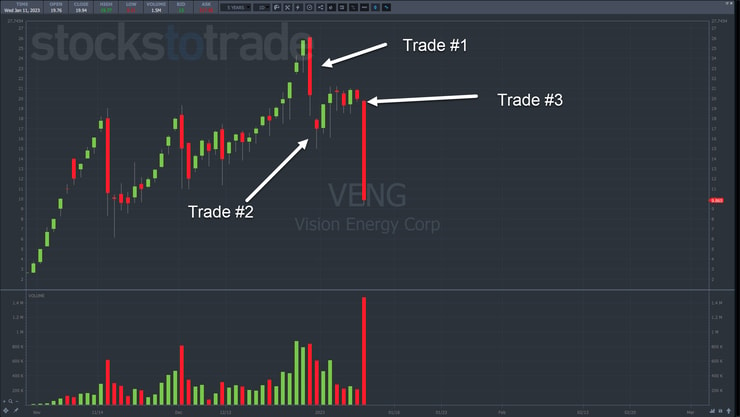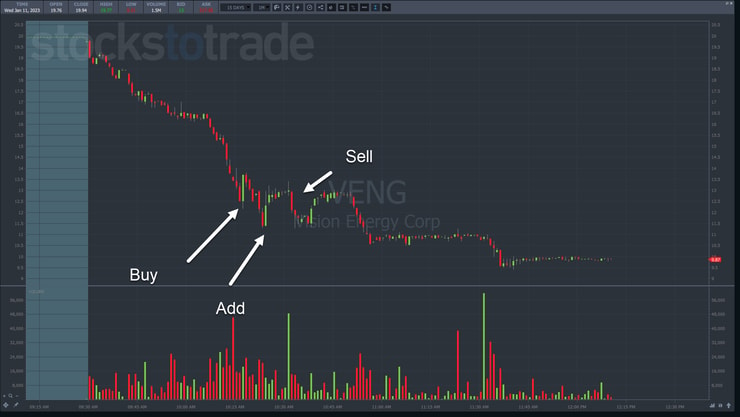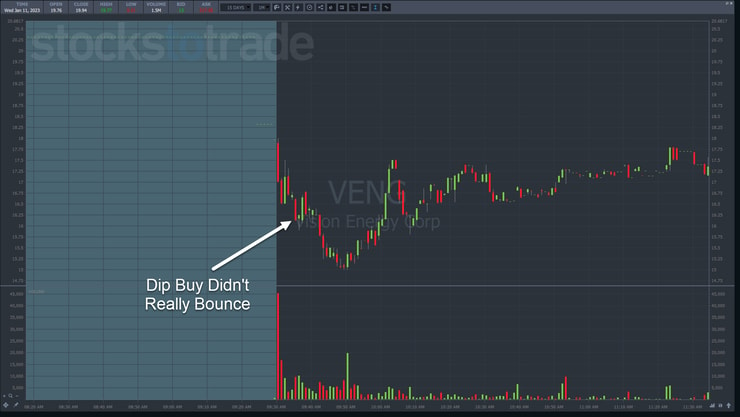Have you ever bought a stock that looks like it’s in freefall…
A stock that’s down more than 50% in a single trading session?
It sounds crazy…but I do it all the time…and I do it consistently and profitably.
Financial ‘masters’ like Jim Cramer incorrectly call it ‘catching a falling knife.’
They brainwash people into believing this cannot be done profitably nor consistently.
I’m living proof these guys are full of garbage.
They make great sound bites but lousy traders.
Whewwwww, $ABNB and $COIN hit after blah earnings, maybe they can spin some hype in conference calls, but they're just both SO over-hyped. Didn't Cramer say $COIN is a buy under 475??! How about under 260 LOL, that guy literally has such a terrible track record it's INSANE!
— Timothy Sykes (@timothysykes) May 13, 2021
People defend these numskulls because they’re trying to ‘help educate’ folks.
The problem is, and they know this, is people take action on their recommendations.
They don’t educate people. They hurt people.
Most of their ‘recommendations’ never work and barely outperform the market at best.
I urge you to compare their track record to mine.
Look at how many of my trades are Morning Panic Dip Buys.
It’s not magic or a scam, it’s a time-tested, logic-based strategy.
But don’t take my word for it.
Let me show you a few examples where I combine my 7-Step Penny Stock Framework with the Morning Panic Dip Buy.
But I’ll take it one step further and show you ones that worked AND ones that failed.
Vision Energy Corp. (OTC: VENG)

Every one of my trades starts with two key elements:
This is the daily chart for VENG leading up to and including the day it plunged.
We’re going to start with Trade #3 as it’s the most recent.
I expected shares would either ride back up to break the recent high or make their final swan dive.
The latter happened.
Intraday, the price action looked like this:
Initially, shares weren’t down that much from the prior day’s close.
But as the morning wore on, the decline picked up volume and speed.
I teach students who take my Millionaire Challenge how to read price action, level 2 days, and identify potential support areas.
More Breaking News
- Bold Moves by Intuitive Machines: Analyzing the Soaring Momentum
- Archer Aviation’s Financial Complexity: Is Opportunity Nestled in Recent Challenges?
- Bitcoin’s Plummet: What It Means for Marathon Digital’s Stock
In this case, if you go back to the daily chart, you’ll see that VENG found support around $12 back in early and mid-December.
That’s the area I looked for a potential play.
From there, I watched price action and waited.
My initial entry didn’t provide enough of a bounce.
However, and this is a tip I typically reserve for my students, the second bottom tends to hold better if the first doesn’t.
So, I added to the trade, lowered my average entry price, and walked away with a nice profit off the second bounce.
Now let’s take a look at a dip buy that didn’t work out…on the same stock!
Yes, let’s go back to December 30th for this one.
This is Trade #2.
VENG opened up down ~12% after a ~22% drop the day before.
Now the interesting thing is the dip buy worked perfectly the day before for a nice profit:
That was Trade #1.
So what made Trade #2 lose the following day?
Quite simply, it didn’t bounce.
All three trades used the drops that formed as the stock began its final dive.
Trade #2 didn’t have as much liquidity, nor was the drop nearly as pronounced.
That doesn’t make it a bad setup, just not ideal.
The best ones are the most obvious – the ones you don’t need to ask whether it fits the mold.
Trade #2 didn’t bounce.
So, I relied on my #1 rule – cut losses quickly.
I know that not every trade won’t work out. Sometimes I read the tape poorly or buyers don’t follow through.
But with a +75% win rate on my trades, and +30 millionaire students, the proof is in the pudding.
See for yourself.
I’ve posted hundreds of examples on Twitter and there are dozens of videos on YouTube that cover this setup and so much more.
But if you want daily insights…
If you want thousands of hours of video education and content…
Then THIS is where you need to go.
—Tim





Leave a reply